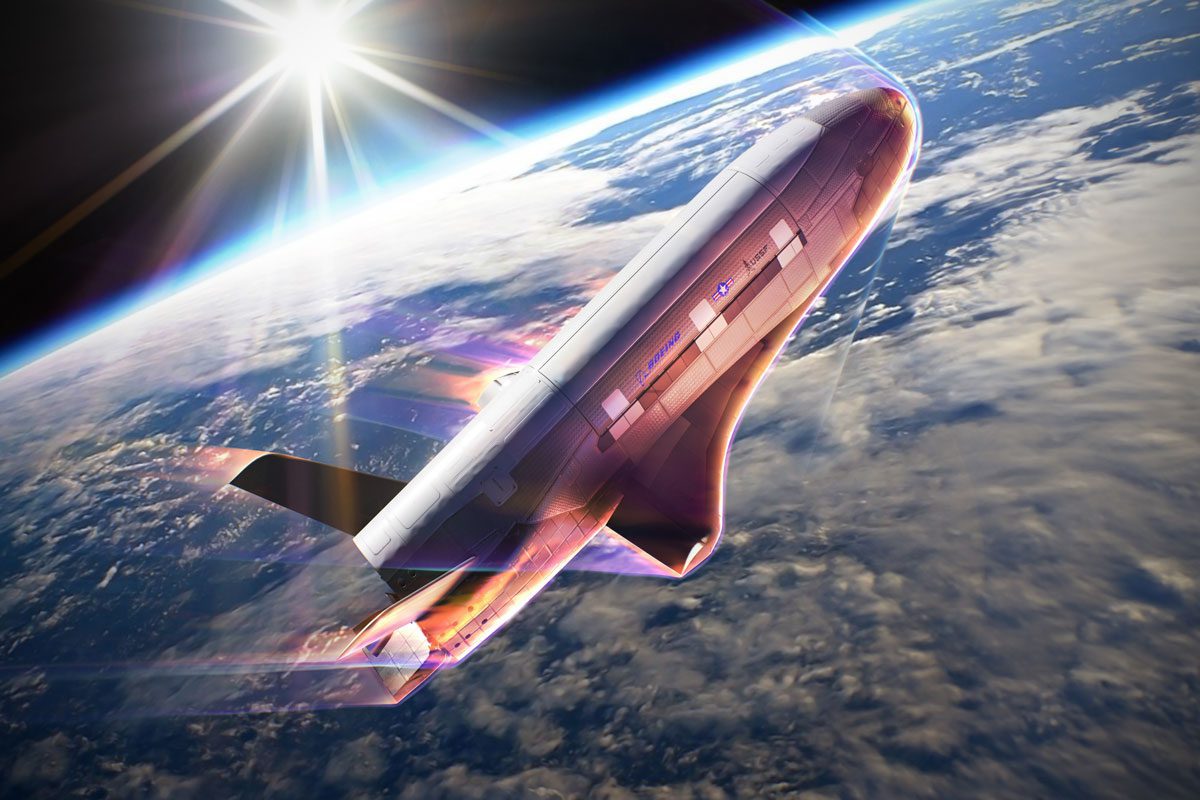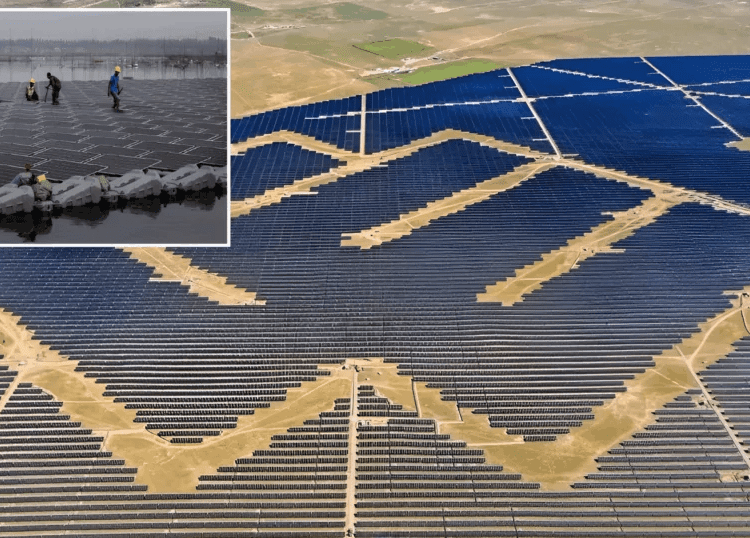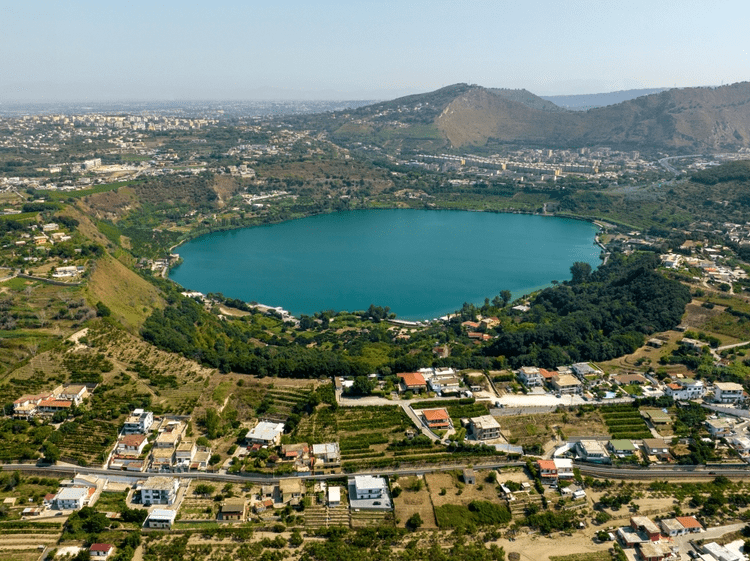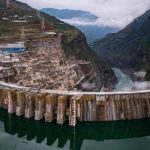Earlier this month, in the dead of night, a mysterious spacecraft touched down at Vandenberg Space Force Base near Santa Barbara, California. The craft in question was the eerily-named X-37B – an experimental and highly secretive US government project that has been quietly unfolding for more than a decade.
Details about the X-37B and its mission remain scarce. Over the years, only drips of information have emerged, allowing us – the unwitting public – to piece together fragments of what’s happening above our heads.
While the race to return to the Moon plays out in full view – driven by private corporations and national space agencies – another, more shadowy contest is unfolding behind the scenes: the race to militarise space.
This is where the X-37B comes in – one of many covert experiments likely being conducted by the US, Russia and China, among others. Recently, new details have emerged about this enigmatic spacecraft, offering a rare glimpse into its features and what the future of military space operations might hold.
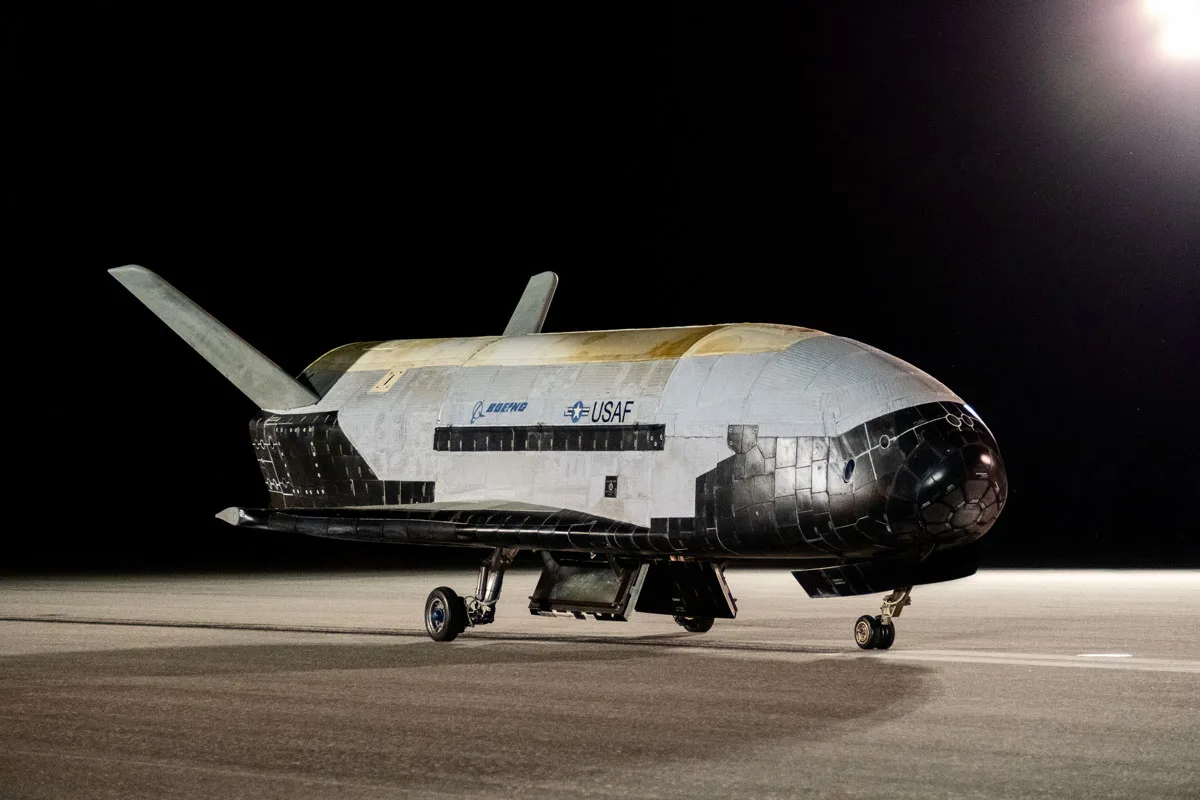
What do we know about the X-37B?
The X-37B is not new, per se, but its capabilities put it at the cutting edge of space exploration and defence. Built by Boeing, the spacecraft was born out of NASA’s X-37 program, which began in 1999, although the X-37B’s first flight wasn’t until 2010.
Since then, control of the spaceplane has passed from the Defense Advanced Research Projects Agency to the Department of the Air Force Rapid Capabilities Office and, most recently, the United States Space Force (USSF).
“The US stood up the Space Force as a separate service in 2019, partly in recognition that any future war will have a significant space component,” Vivienne Machi, military space editor at Aviation Week, told BBC Science Focus.
“The US military has long been reticent to describe the space domain as anything but a place for cooperation and benign activity, but that rhetoric is now changing to one of space rapidly becoming a warfighting domain.”
Indeed, in an address to the Air and Space Forces Association’s Warfare Symposium in Colorado, US, in March, General Chance Saltzman, Chief of Space Operations at the USSF, described the newest core function of the division as “space control”.
“Domain control is the special provenance of warfighters – a unique responsibility that only military services hold,” he said. “It is the thing that distinguishes the Navy from the Merchant Marine and the Air Force from Southwest Airlines. If the purpose of the Space Force is to achieve space superiority, then space control is the tool by which we do so.”
Read more:
But if the X-37B is a key tool in the US military’s push for space dominance, how exactly does it achieve that?
This is where things get murky. We know that the X-37B has so far flown seven missions, with its longest lasting two and a half years. The most recent, OTV-7, remained in orbit for 434 days.
The craft itself is launched atop a rocket but flies and lands autonomously (no crew, that we know, are inside). Onboard, there’s room to store experiments, some of which have been made public while others remain cloaked in secrecy.
For example, following its sixth flight, the Space Force announced that the X-37B had been testing a module designed to capture solar energy beyond Earth’s atmosphere and transmit power back to Earth as radio frequency microwave energy.
The X-37B is also capable of deploying satellites. During its sixth mission, it carried an experimental US Air Force satellite equipped with plasma thrusters – cue delighted shivers from sci-fi fans.
“Basically, it’s an ideal testbed for the Space Force to gather critical data on orbit, send experiments to space and see how different instruments work, and help inform new capability development,” she said.
In a rare move, the Space Force offered the public a glimpse into the X-37B’s activities last October – while it was still in flight.
A Space Force press statement revealed that the X-37B had performed a novel ‘aerobraking’ manoeuvre – making multiple passes through Earth’s atmosphere to lower its orbit using drag instead of fuel.
This level of manoeuvrability serves several purposes, including the ability to vanish and reappear unpredictably, leaving adversaries guessing.
Why the Space Force broke with tradition to announce the X-37B’s activities mid-mission remains unclear (such disclosures usually come after the plane is back on the ground).
“One potential reason is that they wanted to highlight its capabilities as a deterrent to other nations,” Todd Harrison, a senior fellow specialising in space policy and security at the American Enterprise Institute in Washington DC, told BBC Science Focus.
“They may also have realised that there was no way to hide this manoeuvre. Space trackers would easily be able to see what the X-37B is doing.”
Harrison also suggested a third possibility: a show of responsibility in managing space debris. The aerobraking manoeuvre was not only a test of capabilities but also a way to safely dispose of a service module headed for atmospheric re-entry.
“They want to do that at a low altitude so the module will re-enter the atmosphere and burn up, rather than lingering in space and potentially becoming a collision hazard for other satellites,” he added.
The X-37B has almost certainly seen some significant upgrades during its service, though details remain largely under wraps. Its batteries and solar cells have been replaced multiple times yet, remarkably, it still relies on the original heat shields from its first mission.
Boeing, the aerospace giant behind the X-37B’s development, declined to comment for this story.
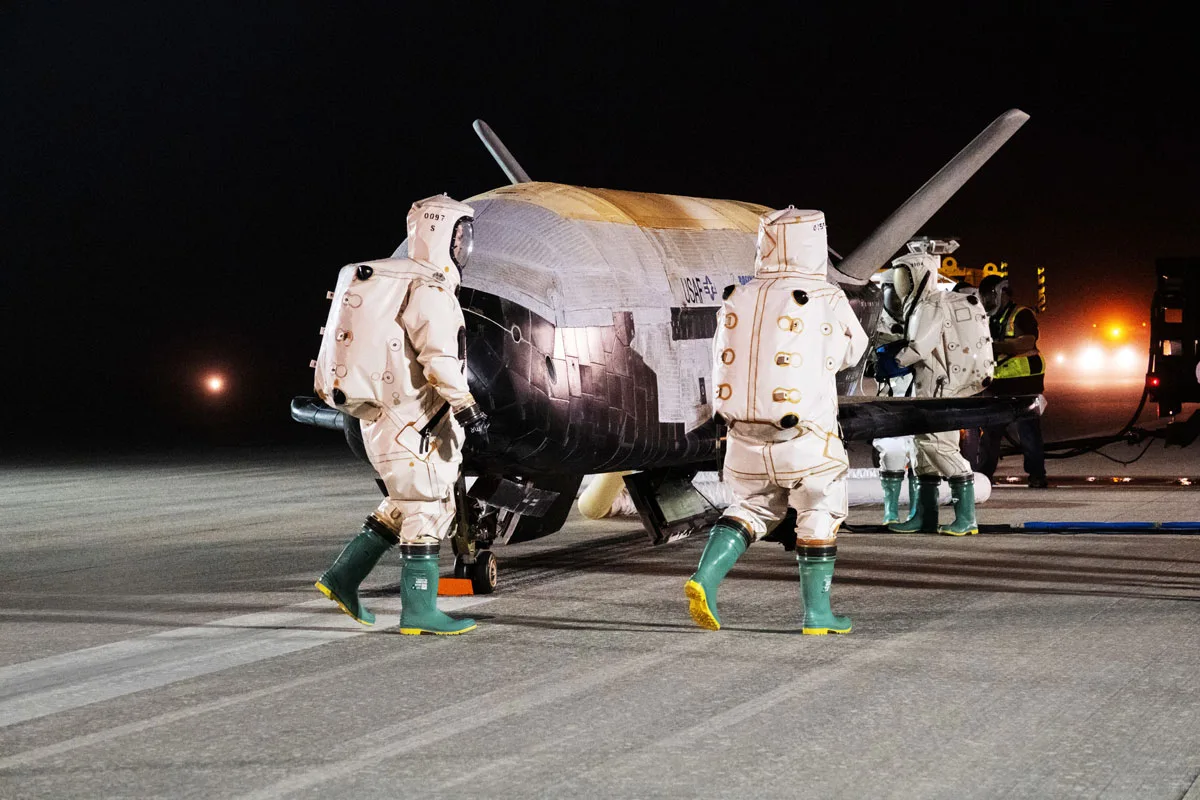
Wars in space: Where does the X-37B fit in?
While it’s clear that the X-37B itself is not a weapon, it plays an important role in preparing the US for the new frontier of space warfare.
“The X-37B fits into that picture because the Space Force has never fought a war in space and needs to train to do so without, you know, a war actually breaking out first,” said Machi.
With more than 10,000 satellites in orbit and countless more debris, the data the X-37B gathers is critical for understanding how to operate in an increasingly congested environment.
As Harrison put it, “it supports modernisation readiness but not operational readiness”. In other words, the X-37B is laying the groundwork for whatever defensive capabilities may be needed in the future.
It also keeps the West competitive in the covert space race. The X-37B isn’t alone up there, after all – China has its own spaceplane, the Shenlong, which has completed three missions and remains even more secretive than its American counterpart.
More than anything, the X-37B’s most valuable lesson may be mastering the art of invisibility.
“Countries including Russia and China are developing and fielding new systems meant to track and observe US assets in space, and potentially target them,” Machi said. “There are reports of China demonstrating a fractional orbital bombardment system in July 2021, and of Russia pursuing a nuclear anti-satellite capability in orbit in 2024.”
Whatever the full scope of the X-37B’s mission, its very existence makes one thing clear: space is no longer just a place for exploration, but an arena where nations are preparing for the future of defence.
About our experts
Vivienne Machi is the military space editor for Aviation Week. She has written about US and international military and space tech for nearly a decade from Los Angeles, Washington and Stuttgart, Germany. Her byline has appeared in outlets including Defense News, Via Satellite, Foreign Policy, Defense Daily, National Defense Magazine and Business Insider.
Todd Harrison is a senior fellow at the American Enterprise Institute, where he focuses on defence strategy and budgeting, the defence industrial base, and space policy and security. Previously, he was senior vice president and head of research at Metrea, a senior fellow and director of Defense Budget Analysis and the Aerospace Security Project at the Center for Strategic and International Studies (CSIS), and the senior fellow for defence budget studies at the Center for Strategic and Budgetary Assessments.
Read more:



